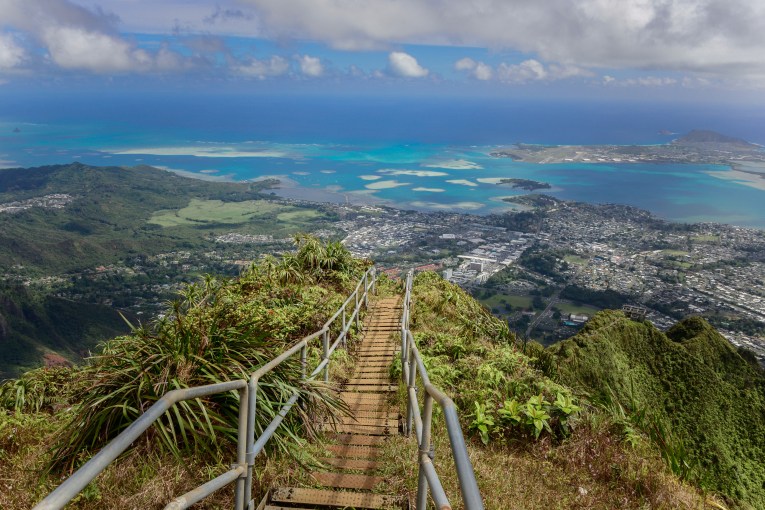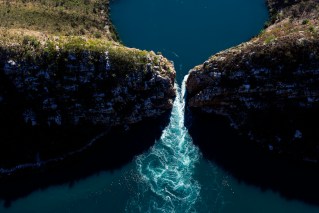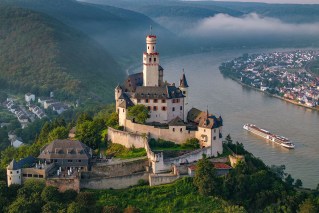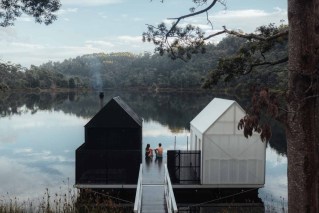What you can do about overtourism
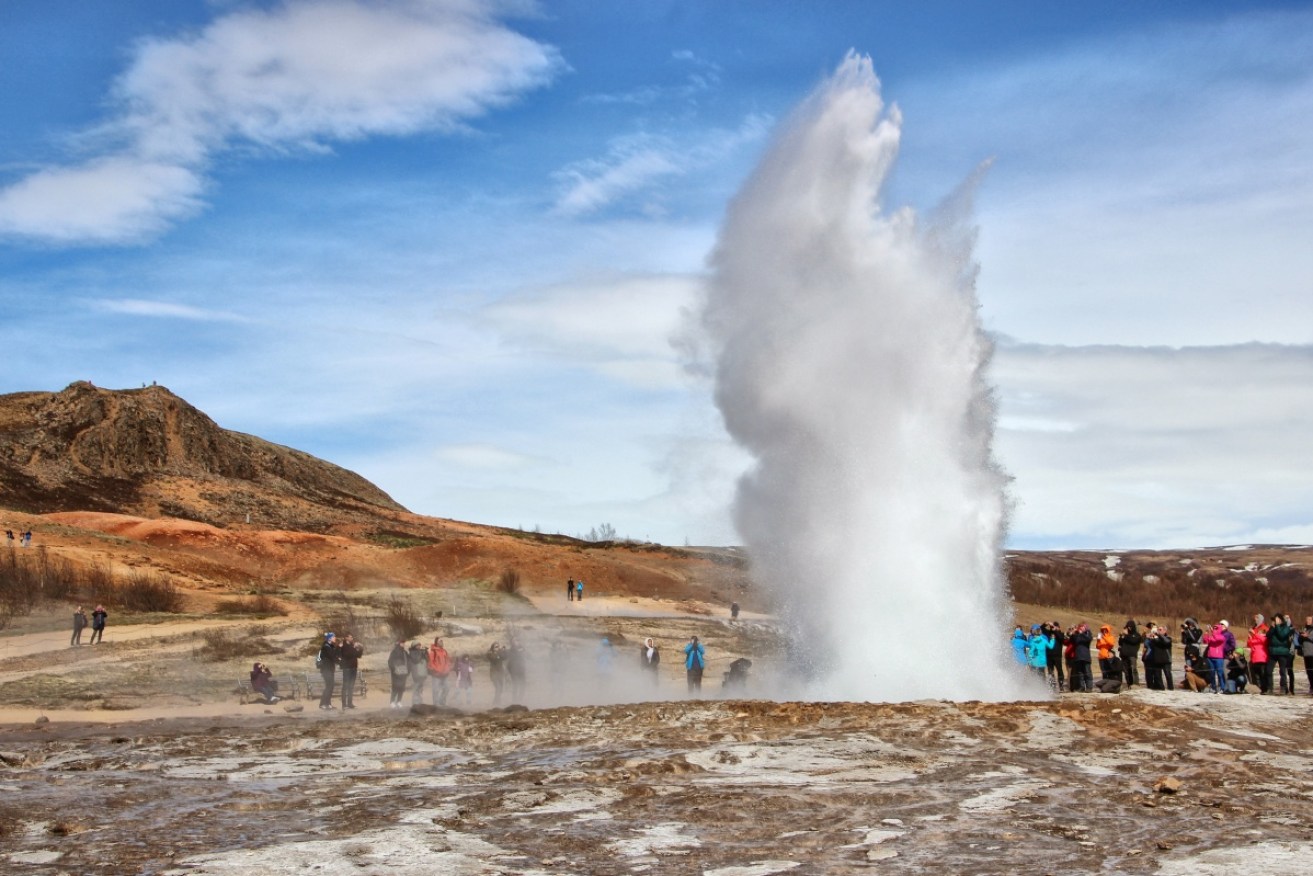
Iceland's Strokkur geyser struts its stuff in front of an adoring crowd. Photo: Getty Photo: Getty
The acqua alta was so high that the concierge gave each guest a pair of gumboots after breakfast. With our feet protected from the ankle-deep water, we forded the flooded footpath from the hotel to the nearest bridge, and from there reached dry ground.
Aside from the water, which overspills the canals of Venice when a high tide coincides with a strong sirocco wind blowing in the Mediterranean, there were other downsides to visiting La Serenissima in November: the days are short, cold and often foggy in winter, a combination that explains why so few people visit out of season.
But the city overcompensates those who do: we had enough elbow room to enjoy the Basilica di San Marco and the Palazzo Ducale, San Marco’s heavyweights; only light foot traffic flowed back and forth across the Ponte di Rialto; it was easy to find a seat on the vaporetti; and the city’s churches, museums and galleries lived up to the promise of its nickname, providing a serene shelter from the chill.

It might be damp and cold but Venice still has plenty of attractions in winter. Photo: Getty
Loved to death
You’d scarcely know it in the depths of a dark November day, but Venice has long been a focal point of the debate about overtourism.
More than 25 million people visit each year, the vast majority of them from May to September, when a high tide of humanity overwhelms the city’s infrastructure; this is the real flood threatening its fabric and future.
Venice is not the only victim of its own success, of course; from sites such as Machu Picchu to cities such as Barcelona and countries such as Iceland, destinations around the world are wrestling with the question of how to grow tourism sustainably, reaping the economic benefits without selling their souls for the sake of it.
At the end of last year, the World Travel and Tourism Council released a hefty report that outlined five key tactics: even out the number of visitors over time, spread those visitors over a wider area, balance supply and demand through pricing, regulate accommodation, and, in the most extreme cases, limit or even ban some tourism-related activities.
Destinations are devising innovative approaches to this formidable challenge. For instance, London is trying to disperse travellers by engaging with them through a free mobile app that gamifies their visit, encouraging them to explore attractions outside of the city centre and collect rewards in the process.

Some cities that are overblessed with tourists – such as London – are turning to technology to help. Photo: Getty
Problem or solution?
Since no two destinations are alike, the WTTC report stresses that the right approach will vary from place to place. As tourism chiefs work out the best strategy for their unique circumstances, travellers who want to be part of the solution rather than part of the problem can make a difference at an individual level right now.
Going out of season is one straightforward way. Going off the beaten track is another. Yes, that might mean forfeiting some aspect of the experience (a guarantee of fine weather, a tick on a bucket list). But in addition to a clearer conscience, your choice will probably be rewarded in other ways, both tangible and intangible.
For one thing, travel at less popular times and to less popular places tends to be cheaper, so that’s one practical advantage of adopting these tactics.
Getting far from the madding crowd can also result in a much more personal, one-of-a-kind trip, too. I’ve been back to Venice at other times of the year, but never recaptured the magic of that cold, fogbound, long-ago weekend – and I doubt that I ever will.
Reproduced with permission from Lonely Planet, written by James Kay, © 2018.
